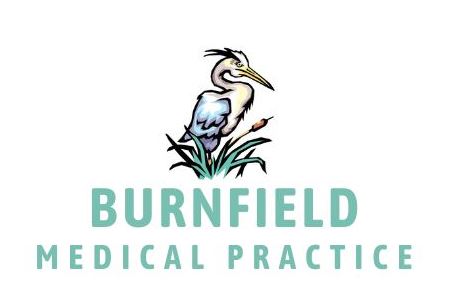Blood Pressure
High Blood Pressure (also known as Hypertension) can lead to serious health problems such as heart attacks and strokes if it’s not managed correctly.
In most cases, High Blood Pressure can be managed by enforcing appropriate lifestyle changes.
Here are some lifestyle changes that can help to lower your blood pressure and overall health:
- Eat a healthy and balanced diet. Avoid salty foods.
- Exercise regularly. Aim to do at least 150 minutes of exercise per week.
- Lose weight if you are overweight.
- Lower your alcohol, caffeine and cigarette consumption.
In some cases, blood pressure may need to be managed with blood pressure medication.
Your GP may issue medication if:
- Your blood pressure is extremely high.
- You are at higher risk of having heart attack or stroke.
- Your blood pressure remains high after making the appropriate lifestyle changes.
High blood pressure (hypertension) is very common. Although it doesn’t often come with symptoms, knowing you have high blood pressure could prevent life-threatening complications like heart attack and stroke.
Approved list of blood pressure monitors: https://bihsoc.org/bp-monitors/
British Heart Foundation: https://www.bhf.org.uk/informationsupport/risk-factors/high-blood-pressure
More Information: https://www.nhsinform.scot/illnesses-and-conditions/heart-and-blood-vessels/conditions/high-blood-pressure-hypertension/#complications-of-high-blood-pressure
7 Day Home Blood Pressure Monitoring
If you are experiencing abnormal blood pressure readings, one of our clinicians may ask you to monitor your blood pressure at home for 7 days. On this occasion, you will have the opportunity to borrow one of our Blood Pressure Monitors (if you don’t have your own monitor at home).
Why do I need to do this?
By recording your blood pressure readings at home, when you are most relaxed, it gives an accurate indication on what your blood pressure is like from day to day. Sometimes blood pressure can often be raised due to stressful environments, such as sitting in a GP surgery, which is why it is important to get accurate readings before any further action is taken.
Reasons why you may be asked to monitor your blood pressure:
- High Blood Pressure (Hypertension)
- Medication Monitoring
- Abnormal Symptoms Relating to Blood Pressure (i.e. Headaches, dizziness etc.)
- Diabetic checks
Our 7 Day Monitor Policy
If a clinician would like you to complete 7 day Blood Pressure Readings at home, they may add you to our waiting list. You will then be contacted by our reception team once a blood pressure monitor is available for you to collect. You will be given a blood pressure monitor and cuff, along with a chart to record your readings and an information leaflet.
You will have loan of the monitor for a maximum of 2 weeks, to allow you to gather your readings. You will be expected to return the Blood Pressure Monitor and your readings to the surgery by the 2 week mark. If you fail to do so, you will be contacted by the practice.
It is important that you return your monitor and readings to the practice within an appropriate time frame, to ensure your readings are checked accordingly, and to allow us to give the monitor to the next patient in need.
Recording your Blood Pressure at Home
Your Blood Pressure is measured in two figures, for example 150/95 mmHg.
- The top (first) number is Systolic pressure. This is the pressure in the arteries when the heart contracts.
- The bottom (last) number is the Diastolic pressure. This is the pressure in the arteries when the heart rests between each beat.
You will record your Blood Pressure over 7 days. Two readings to be taken in the morning, and two readings to be taken in the afternoon/evening.
· Position yourself at a table with your forearm resting comfortably, level with your heart.
· Sit for 5 minutes before taking your first reading. This is to ensure that your blood pressure has settled.
· Don’t cross your legs or talk, as this can significantly increase your blood pressure.
· You can use either arm to measure your blood pressure.
· Wrap the cuff around the upper arm against bare skin. The cuff should be snug, not too tight or too loose. Ensure that your sleeves are not rolled up too tight, as this can affect the pressure in your arm.
· Take two readings, at least 5 minutes apart.
· Record the results on the chart provided by the practice.
Once you have completed 7 days of monitoring, please return your blood pressure readings to the practice, along with the blood pressure monitor (if you have borrowed one).
The clinician will then look at your results, and they will be in touch in due course to give any follow up advice.
Inhealthcare – Recording Blood Pressure via SMS
This is the online platform, where you can sign up to receive text messages reminding you to record your blood pressure. Once you receive a text message, you can then reply to the message with your blood pressure reading, and the system will record this for you. Once you have completed 7 days’ worth of readings, the Inhealthcare system will send the results to us automatically. Then all you need to do is return the Blood Pressure Monitor to the practice.
If you wish to sign up to Inhealthcare, please contact our reception team on 01463 220077 or email us at nhsh.gp55889-reception@nhs.scot
Page created: 01 May 2024
